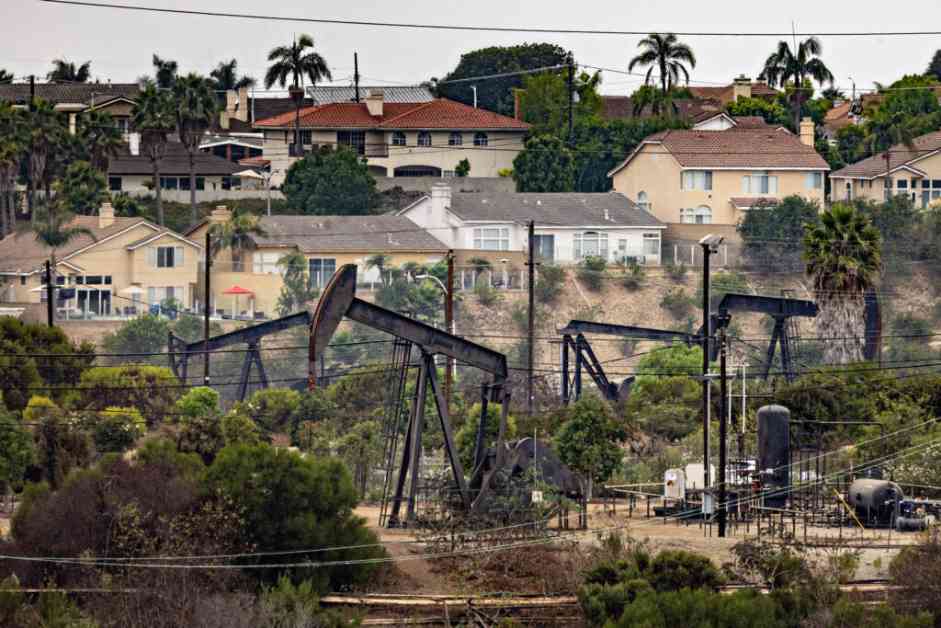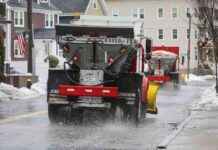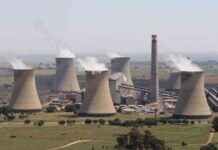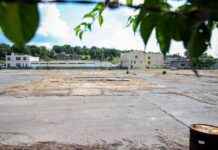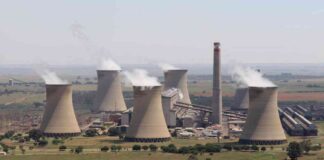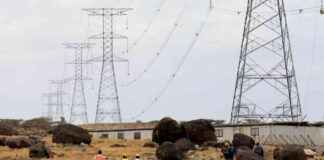On a chilly February morning in 2020, as the world grappled with the growing threat of the coronavirus pandemic, a tragic event occurred in San Jose, California. It marked the first COVID-19 fatality in the state, sending shockwaves through the community. Little did they know, this event was just the beginning of a long and arduous battle against the deadly virus.
As the weeks went by, cases of COVID-19 surged across the San Francisco Bay Area, leading to unprecedented measures like shelter-in-place orders in seven counties. By May, Los Angeles County found itself at the epicenter of the outbreak, with reports emerging that Black and Latino residents were disproportionately affected, facing double the mortality rates compared to their white counterparts.
In the midst of this crisis, a groundbreaking study shed light on a concerning correlation between pollution and infectious diseases, specifically in communities like those in Los Angeles County. The research, published in the esteemed journal GeoHealth in November, revealed alarming findings about the impact of living near oil and gas wells on COVID-19 outcomes.
Helena Archer, a dedicated postdoctoral research fellow at the Kaiser Permanente Division of Research, spearheaded the study during her tenure at the University of California, Berkeley. Motivated by the stark health disparities observed at the onset of the pandemic, Archer delved into the effects of long-term exposure to pollutants emanating from oil and gas wells on COVID-19 outcomes.
Infectious diseases have a knack for targeting communities already grappling with a myriad of vulnerabilities, from limited access to healthcare to underlying health conditions like asthma. Past studies have highlighted the link between prolonged exposure to air pollution and an increased risk of contracting COVID-19, with Latinos and individuals from low-income backgrounds bearing the brunt of the impact.
However, what set this study apart was its focus on the hitherto unexplored relationship between oil and gas exposure and COVID-19 outcomes. Drawing on the expertise of environmental epidemiologist Joan Casey from the University of Washington, the study underscored the heightened risk faced by individuals living near these hazardous operations.
The grim reality is that over a million Californians reside within a kilometer of active oil or gas wells, exposing them to a cocktail of toxic emissions. These emissions, including carcinogenic volatile organic compounds and harmful particulate matter, have been linked to a host of health issues, from respiratory diseases to cancer.
Notably, the communities most affected by this environmental hazard are Black and Latino populations, compounded by a historical legacy of discriminatory housing policies and inequitable resource allocation. Los Angeles County, with its dense concentration of oil and gas wells, emerged as a hotspot of pollution-related health risks, particularly for marginalized communities.
In a bid to unravel the intricate web of factors contributing to the disproportionate impact of COVID-19 on vulnerable populations, researchers like David González from U.C. Berkeley and their counterparts embarked on a mission to dissect the role of oil and gas development in exacerbating the crisis. Armed with data on well locations and COVID-19 cases, the team sought to connect the dots between pollution exposure and disease outcomes.
Their findings were sobering, revealing a stark association between residing near high-production oil and gas wells and elevated rates of COVID-19 mortality. As the pandemic unfolded, the toll of chronic exposure to pollutants emitted by these operations became increasingly apparent, painting a grim picture of the health risks faced by frontline communities.
As we grapple with the enduring threat of COVID-19 and brace ourselves for future pandemics, the lessons gleaned from this research are more pertinent than ever. The insidious link between environmental exposures, systemic inequities, and public health underscores the urgent need for comprehensive action to safeguard vulnerable communities. It’s a stark reminder that the health of our planet and its people are inextricably intertwined, calling for a collective effort to address the root causes of environmental injustice.
In a constantly evolving landscape of risks and uncertainties, the critical role of research in illuminating these complex interconnections cannot be overstated. As we navigate the challenges of a post-pandemic world, armed with newfound insights and a deeper understanding of the threats we face, it’s imperative that we heed the warnings embedded in studies like these. The health and well-being of our communities depend on it.

